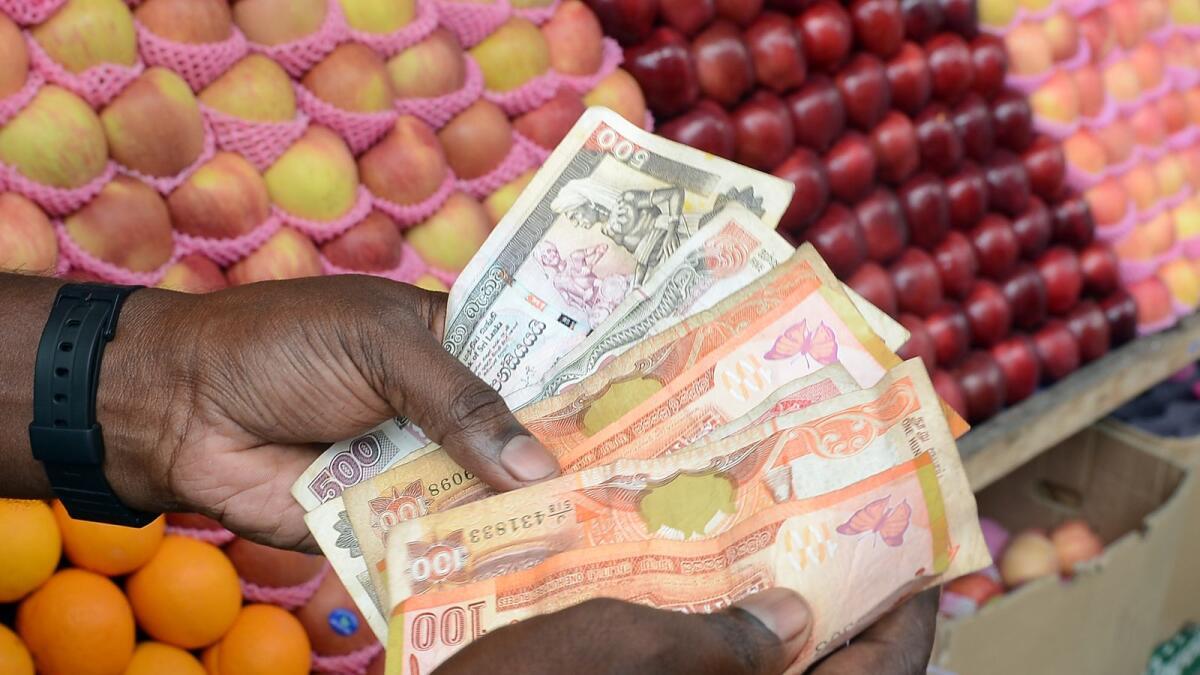Sri Lanka To Restructure Its Domestic Debt
Context :
Prior to an exceptional weekend debate in Parliament on the government’s plan to restructure its domestic debt, Sri Lanka will shut down its banks and financial sector for five days starting on Thursday.
What is the Economic condition in Srilanka?
- The greatest economic downturn in Sri Lanka since independence, the current crisis started in 2019.
- High inflation, nearly depleted foreign exchange reserves, a lack of medical supplies, and rising costs for essential commodities are the hallmarks of the crisis.
- Tax reductions, money creation, a shift in government policy in favour of organic farming, the 2019 Easter bombings, and the COVID-19 pandemic’s effects are all factors that have contributed to the issue.
- Sri Lanka struggled to pay its obligations under its foreign debt, which resulted in a sovereign default in April 2022.
- The nation’s foreign exchange reserves, which were down to $1.9 billion by March 2022, weren’t enough to pay off its foreign debt for the year.
- Economic troubles have been brought on by the crisis, and the government is finding it difficult to cover basic expenses.
- In September 2022, a United Nations report emphasised the role that officials’ impunity for economic crimes and violations of human rights had in escalating the crisis.
- From $1.7 billion in September 2022 to $2.1 billion in February 2023, Sri Lanka’s foreign reserves climbed by 23.5%.
- Despite this progress, Sri Lanka has stopped making payments on its foreign obligations and is still in danger of going bankrupt.
- The crisis is being tackled through financial aid requests, economic changes, and the promotion of foreign direct investment.
Factors Triggering Economic Crisis in Sri Lanka
- Covid-19 Pandemic
- Decreased Government Revenues
- Soaring Inflation and High Cost of Living
- Lack of Foreign Reserves and Currency Depreciation
- Impact of Hambantota Port Project
- Russo-Ukrainian Conflict
- Agricultural Policy and Food Shortage
What is Debt Restructuring Plan proposed by Sri Lankan Government?
- In order to allow for a parliamentary discussion on the government’s plan to restructure the country’s domestic debt, Sri Lanka plans a five-day closure of its banks and financial sector.
- the government’s debt restructuring program would be presented to the Cabinet and then to Parliament for approval. The government aims to obtain a longer timeframe for loan repayment and potentially negotiate a reduction in the debt amount
- Due to divergent views on the involvement of multilateral creditors and worries from private creditors who hold Sri Lanka’s foreign debt, the debt restructuring process appears to be at a standstill. A key element in breaking the impasse is China’s participation, as well as how multilateral creditors are handled.
- Concerns exist over the possible effects of domestic debt restructuring on people’s retirement benefits and savings. Extending the loan term, changing the interest rate, or imposing a haircut are all examples of restructuring. Critics contend that these changes would have a negative impact on the elderly, who depend on pensions, trust funds, and perks like the Employees’ Provident Fund. Savings of people have already declined significantly, and new changes may make the situation worse.





